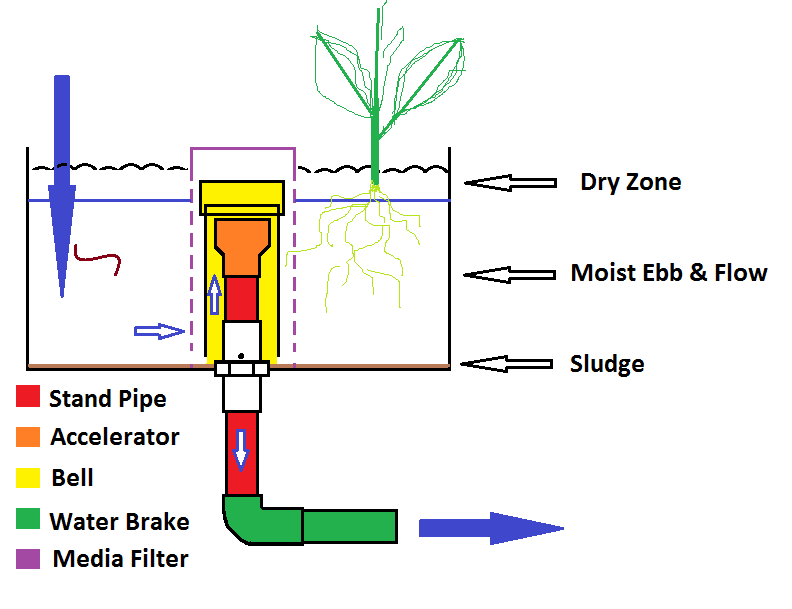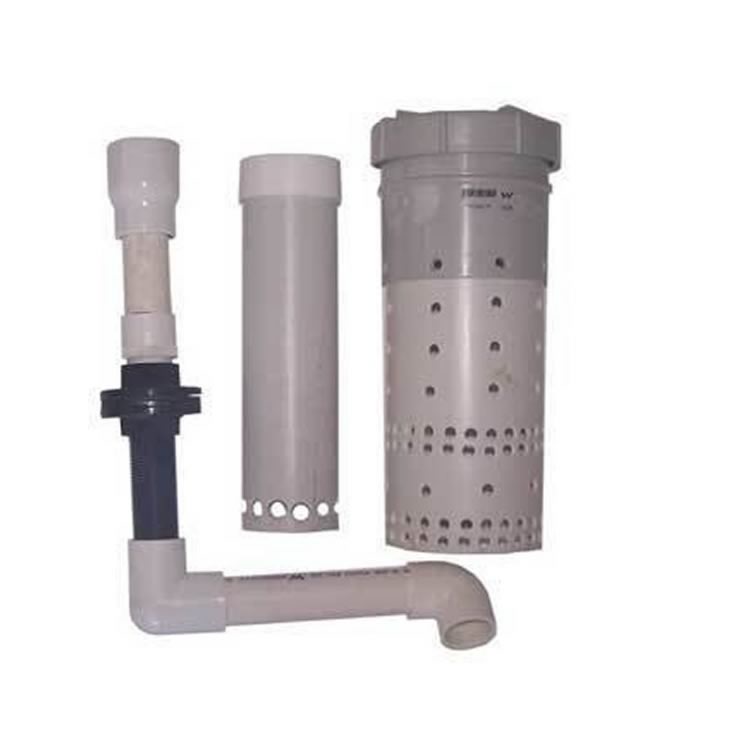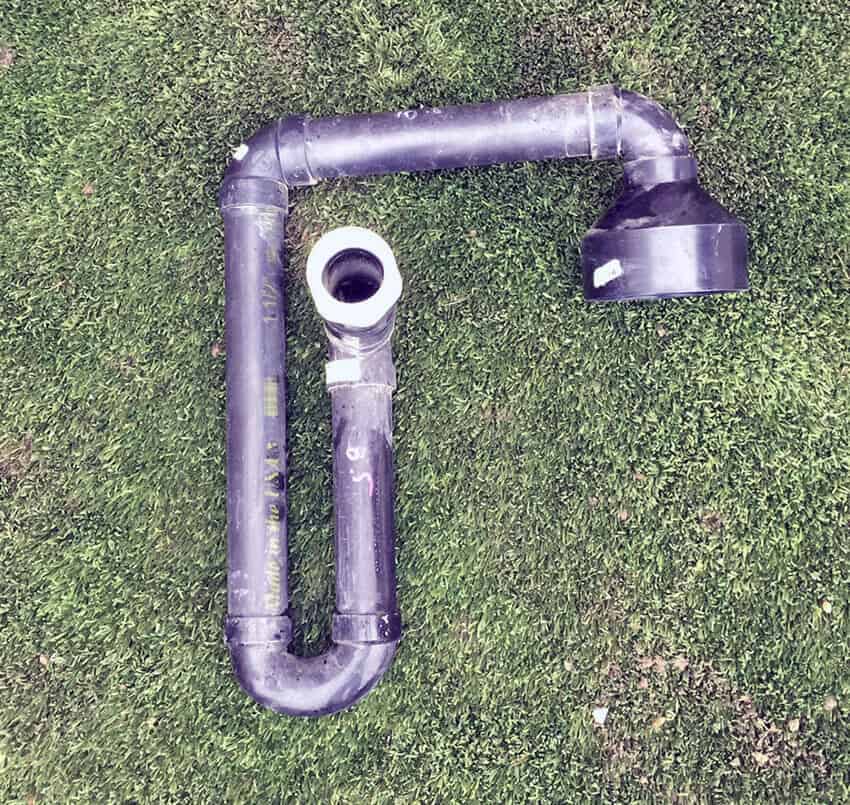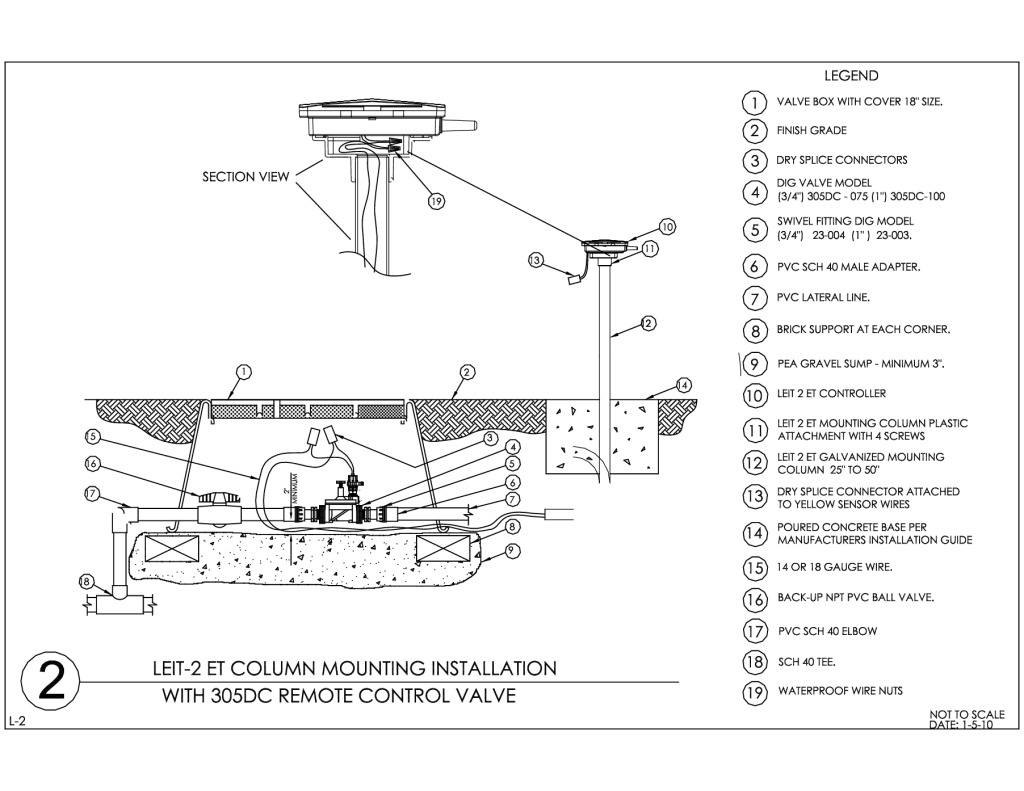fluid dynamics Detailed Explanation Wanted Bell Siphon Physics Stack Exchange

UH-CTAHR Construction of Automatic Bell Siphons . . . BIO-10 — June 2010 1 1 5 3 3 1 1. Three commonly used solid support media for ebb-and-low aquaponic systems.
How Does A Bell Siphon Work? Aquaponics Advisor

An inexpensive and trouble-free method of achieving this solution is by using a dosing tank together with an Automatic Dosing Siphon manufactured by Fluid Dynamic Siphons, Inc.. The automatic siphon system stores liquid in a tank until a certain elevation of the liquid is reached (the high water line), then the siphon automatically comes into.
Weekly Hack 5 signs of septic system failure Cottage Life

Here is a transparent bell siphon system so people can see how it works.
All about the siphon Mediamatic
(4D2CD92116D08F8F81E8290B6F0BC223).jpg)
Reader Q&A - also see RECOMMENDED ARTICLES & FAQs. On 2018-08-08 by (mod) - How often should I have my dosing tank pumped? Chris Thanks for asking an important question. Given that the septic tank - or what you refer to as the septic trash tank - is intended to hold solids and to allow settling time to permit just clarified effluent to flow out into the gravity dosing tank, the dosing tank.
Variations in siphon processes for (a) primed trap; (b) trapped air in... Download Scientific

This is a demo of a bell siphon I built in collaboration with a couple of engineering professors. There are certain cases where it would be nice to be able t.
Aquaponics Bell Syphon Design DIY Aquaponics at Home

Prime & Function. What are they? The dosing siphon is a mechanism that is installed in a septic tank that converts small continuous flows into an intermittent release of effluent. Dosing siphons are made of PVC plastic and have no moving parts. They rely strictly on gravity as their only source of power to release the effluent to the field.
How an automatic siphon works YouTube

To avoid damage to the leach field: Do not drive, park, or store heavy equipment over the leach field (or septic tank) Do not place a deck, patio, pool, or any type of structure over the leach field. Keep trees and plantings with deep roots away from the leach field. Grass is the best groundcover.
How to Make a Bell Siphon

A siphon delivers a set volume dose of effluent. The volume of effluent dosed depends on the size of the siphon bell and the height of the siphon trap. So, it is important that the siphon used be appropriate for the application intended. Any manufactured or custom-built siphon will not do; it needs to be matched with the necessary volume and.
AUTOSIPHON (BELL SIPHON) KIT PLUMBING AQUAPONIC SYSTEMS

Water is discharged out of the long leg of both siphons as the water level rises in the tank above the snifter pipe. 3d. End of first cycle-siphon that didn't trigger (A) has partially full trap. 3f. End of second cycle-siphon B now has partially full trap and will trigger next. Figure 3. NTP-OSI-ESB-2. 8/96 Page 5.
DIY Tsiphon for Aquaponics YouTube

The most common problem you'll find is the siphon trickling or leaking effluent rather than providing the expected dose. This is called a trickling siphon or a siphon that has lost its prime. Depending on the application this can result in the effluent not being distributed properly. When a siphon loses its prime, there is a loss of air.
DIY AQUAPONICS system 3D Printed Bell Siphon YouTube

This is a demonstration of a bell siphon which I built out of an acrylic sheet and a piece of clear pipe. A bell siphon has three basic parts: a reservoir, the bell, and a riser. Here's how it works: as water fills the reservoir, the surface of the water is equally exposed to atmospheric pressure. Outside the bell, it's exposed to the.
Septic & Cistern Accessories Edmonton Accessories TanksALot Ltd.

A conventional decentralized wastewater treatment system consists of a septic tank and a trench or bed subsurface wastewater infiltration system, known as a drainfield. A conventional septic system is typically installed at a single-family home or small business. The gravel/stone drainfield is a design that has existed for decades.
DC AntiSiphon Valves Irrigation DIG Corporation

How do you size a bell siphon? Sizing bell siphons and drains The recommended ratio of bell siphon size to drain is 2:1; that is, the diameter of the pipe used to build the bell siphon should be twice that of the standpipe (e.g., if the standpipe is 1⁄2 inch in diameter, the bell siphon should be made using a 1-inch diameter pipe).
Jerry How to make bell siphon for aquaponics
How Siphons WorkOperation of Single Automatic Siphons. Step 1. As liquid fills the dosing tank, the level of liquid in the tank and inside the siphon bell rise at the same rate. (The siphon bell is open at the bottom). The siphon is vented to the atmosphere through the vent piping. This rising action continues until the level of the liquid.
How to build an IBC aquaponics system How to build a bell siphon YouTube

During a siphon cycle, the siphon traps must be filled with water. When liquid rises above the open end of a pipe called a snifter or vent pipe, air is sealed in the bell and long leg of the siphon. As the fluid in the tank rises, the pressure on the confined air increases and forces water out of the long leg of the trap.
What it looks like under the bell syphon cap HomeHydroponicStystems Aquaponics, Home

With the 1/4-20 bolts started into the trap, place the bell over the trap and rotate it till the slots in the collar of the bell line up with the bolts in the trap. Push the bell down and rotate it. Tighten the bolts. Make sure the siphon trap is primed with water. You are now ready to test the siphon.